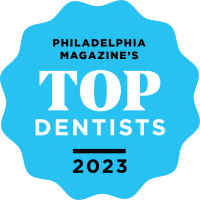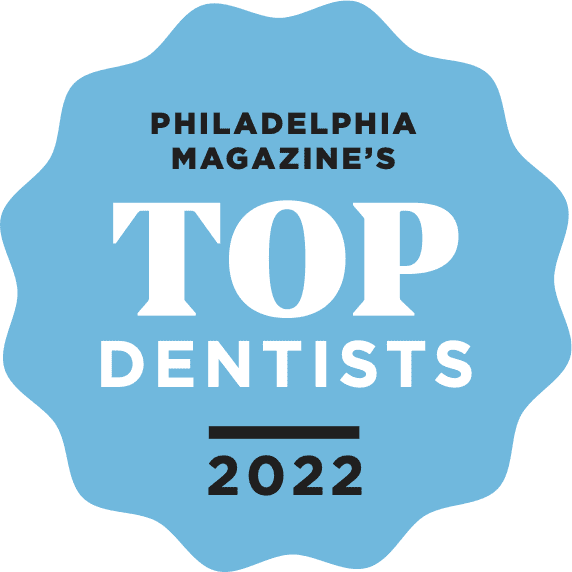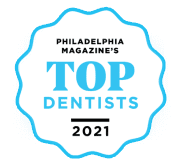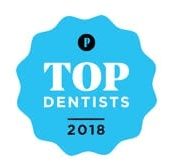Have you noticed crookedness in your teeth? Do your teeth overlap one another or have gaps between them? These misalignments might make you feel self-conscious about the way your smile appears, but they could also put you at a greater risk of many oral health concerns.
A dentist can help you straighten your teeth with Invisalign, but before you pursue cosmetic dentistry, it can help to understand what makes teeth misalign in the first place. Read on to find four reasons that your teeth might become crooked over time.
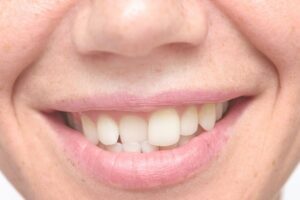
Causes of Dental Misalignment
Genetics
Your genetics can majorly influence the way that your teeth grow into place. The size and shape of your jaw, your bite and malocclusions, and crowding in your teeth can be passed down from your family members. As a result, your teeth might appear crooked without any fault in your own actions.
The palate and airway can affect your dental development. So if an obstructed airway or narrow palate cause you to breathe through your mouth during childhood, your adult teeth might form crookedly. A dentist can monitor your teeth growth and spot early signs of misaligned teeth when you visit them regularly.
Childhood Behaviors
Early childhood proves an influential time for dental health. Losing baby teeth and growing permanent teeth can therefore be affected by certain oral habits a child engages in. Teeth won’t have fully fused into place, so they could shift their positions when exposed to chronic behaviors.
Biting fingernails, tongue thrusting, sucking a thumb, and chewing lips could all put pressure on teeth and move them out of alignment. Ceasing these behaviors can prevent crookedness in the teeth.
Poor Oral Health Care
A good oral hygiene regimen keeps teeth clean and healthy. But this attention to your smile will help to prevent teeth from moving because of underlying dental problems too. Poor oral hygiene increases your risk for gum disease, an infection in the gum tissue.
The disease will cause gums to swell as well as recede, which can loosen the teeth or cause them to shift. You could also be in danger of tooth loss if the infection progresses.
You will need intervention from a dentist to treat this problem. So avoid contracting it in the first place by continuing good oral hygiene habits. This includes brushing your teeth twice a day, flossing every day, and attending routine teeth cleanings at your dentist’s office.
Trauma to the Teeth
Accidents can happen even with diligent preventative oral health care. A blow to the face, for instance, could create impact trauma on the teeth that could make them move and grow crooked. If you suffer a dental injury like this, call your dentist for an emergency dental evaluation.
Gradual trauma to the teeth through habits like teeth grinding could also generate pressure that may lead to dental misalignment. If you clench or grind your teeth, don’t ignore this habit. Consult Dr. Shulman to reduce the damage from this chronic behavior and preserve your smile.
The Impact of Early Tooth Loss
When baby teeth fall out too soon because of decay or accidents, it can create problems for permanent teeth. Baby teeth act as placeholders, guiding adult teeth into their proper positions. If a baby tooth is lost early, nearby teeth may drift into the empty space. The permanent tooth won’t come in straight.
This crowding can cause crooked teeth or even impacted teeth that get stuck beneath the gums. Dentists can prevent this by placing space maintainers to hold the spot open until the adult tooth is ready to emerge.
How Poor Nutrition Affects Tooth Alignment
What you eat as a child plays a bigger role in tooth alignment than many people realize. A diet without important vitamins and minerals can weaken jawbone development, making it harder for teeth to grow in.
Calcium and vitamin D are especially important for building strong jaws that have enough room for all the teeth. Soft, processed foods that don’t need much chewing can also contribute to poor jaw development. Eating crunchy fruits and vegetables helps exercise the jaw muscles and promotes proper growth.
The Surprising Effect of Allergies on Teeth
Chronic allergies that cause mouth breathing can actually change the shape of a child’s developing jaw. When nasal passages are constantly blocked, children breathe through their mouths instead. This mouth breathing position can cause a narrow upper jaw and crowded teeth over time.
Allergies that cause swollen adenoids or tonsils can also push the tongue forward against the teeth. This creates an open bite where the front teeth don’t meet properly. Treating allergies early may help prevent these dental alignment issues.
Aging and Natural Tooth Shifting
Even people with perfectly straight teeth as teenagers may notice changes as they get older. Over time, natural wear on teeth can cause them to shift slightly. The jawbone also changes with age. It becomes less dense and sometimes allowing teeth to move.
This is why some adults who never needed braces as kids might develop crowding later in life. Retainers or minor orthodontic treatment can help correct these changes. Regular dental checkups allow your dentist to spot early signs of shifting before it becomes a major problem.

